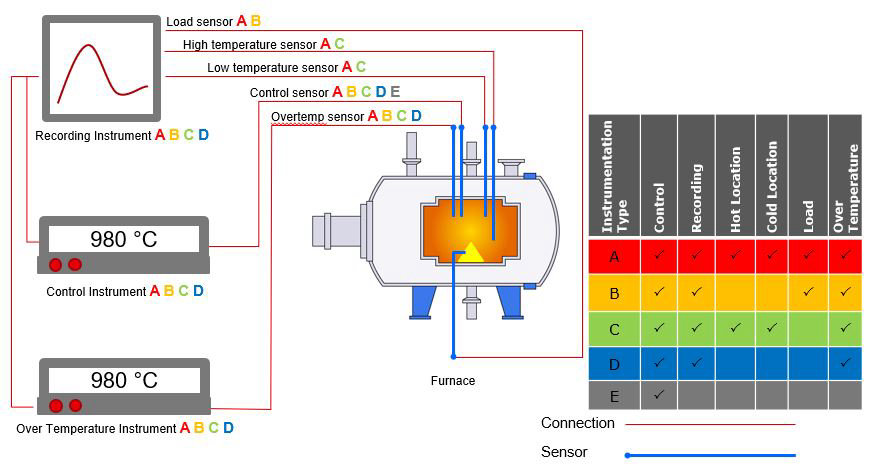

Heat Treatment for Aerospace and Automotive Applications
What is heat treatment?
Heat treatment involves the use of heating or cooling to achieve a desired result, such as hardening or softening a material. Heat treatment techniques include annealing, case hardening, precipitation strengthening, tempering, normalizing, and quenching.
Within the heat treatment industry, there are typically two types of businesses. The first is captive heat treatment facilities, which are part of large manufacturing facilities and heat treat components in-house. The second is commercial heat treaters, which provide heat treating as a subcontract service to a wide variety of customers and markets.
Commercial heat treaters process many different types of materials in various shapes and sizes. Sometimes the heat treating process is multi-stage and will be done in multiple different types of furnaces to achieve the desired properties. This presents a number of challenges. First, it is impractical and sometimes impossible to monitor the process temperature of all parts being processed. Second, some heat treat processes, if not properly implemented, will result in products that do not meet the required properties. Often, heat treatment is a finishing process which can lead to rejected parts or scrap, which can be very costly, particularly in the aerospace and automotive industries.
So how can process engineers ensure that the equipment being used to process parts will achieve the desired results? Testing the “after the fact” parts will tell you if the process was successful, but to avoid unnecessary scrap and rework, you need to know that the process will be successful before you process the parts. This requires having a program for testing the equipment using furnace surveys and then applying that survey information to the process specifications. This in turn can ensure that the equipment used to process parts is operating efficiently to achieve repeatable and consistent results that meet the end customer’s application requirements. These furnace classifications are often referred to as pyrometry specifications.
Two of the more widely adopted specifications are within the aerospace industry (i.e., AMS 2750) and the automotive industry (CQI-9).
Both specifications include several sections outlining the requirements for instrumentation, thermal processing equipment, process control, thermocouples, temperature uniformity surveys (TUS), and system accuracy tests (SAT).
Appendix: AMS 2750 Instrumentation specifications; classified into five types A-E. The required instruments and sensors for each instrument type are shown in the following figure:
For more information, please consult: Gauss Control!


